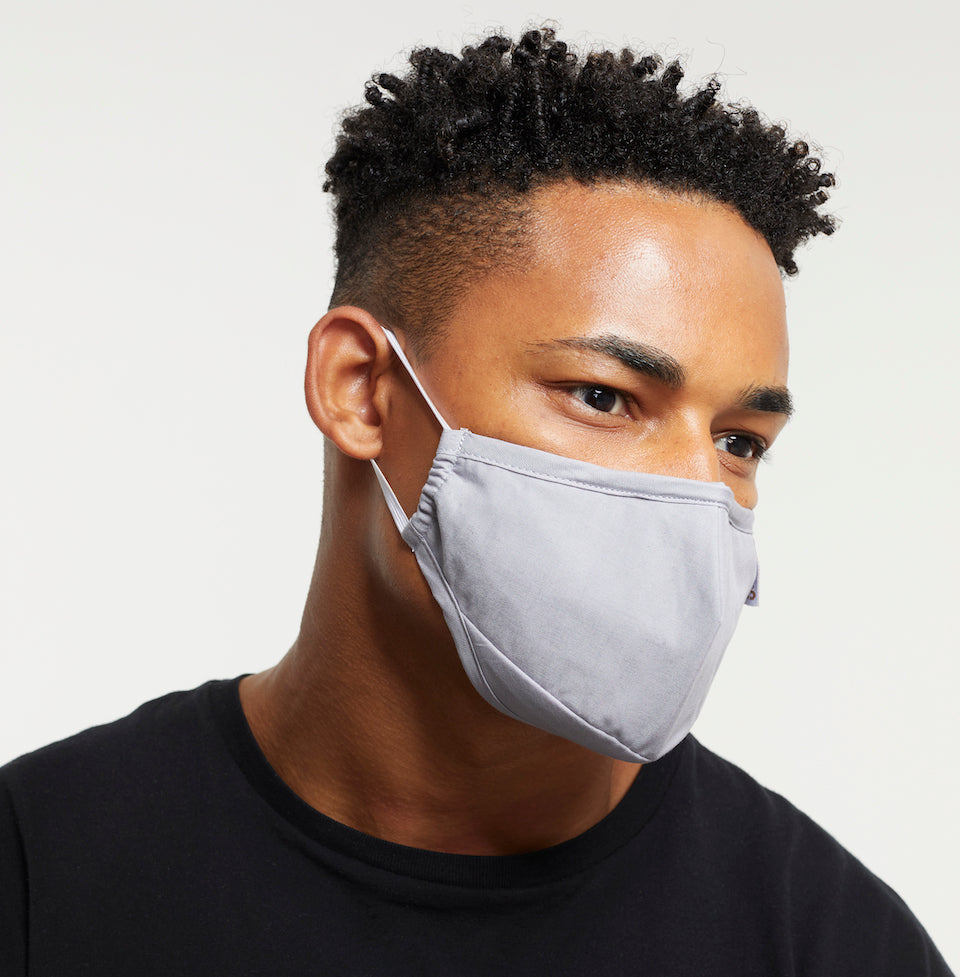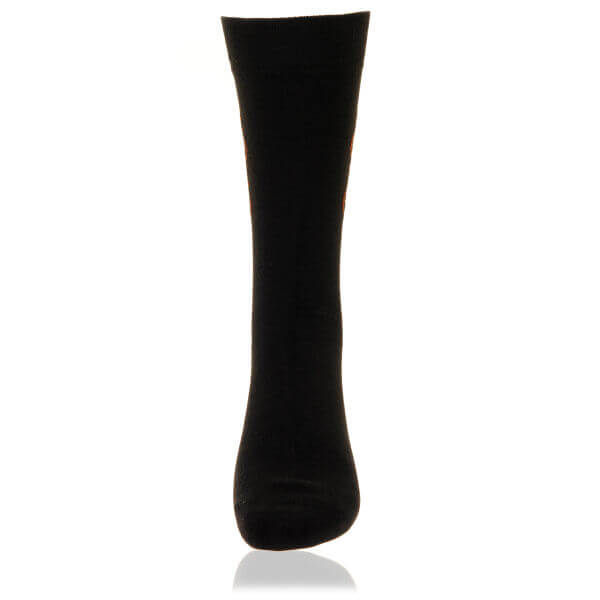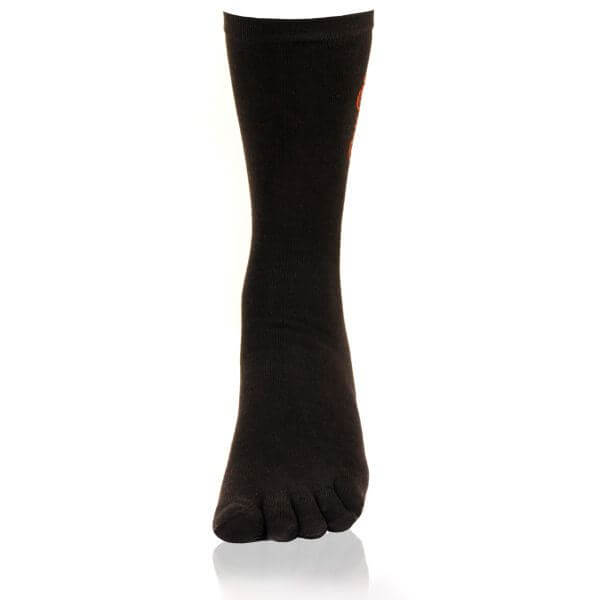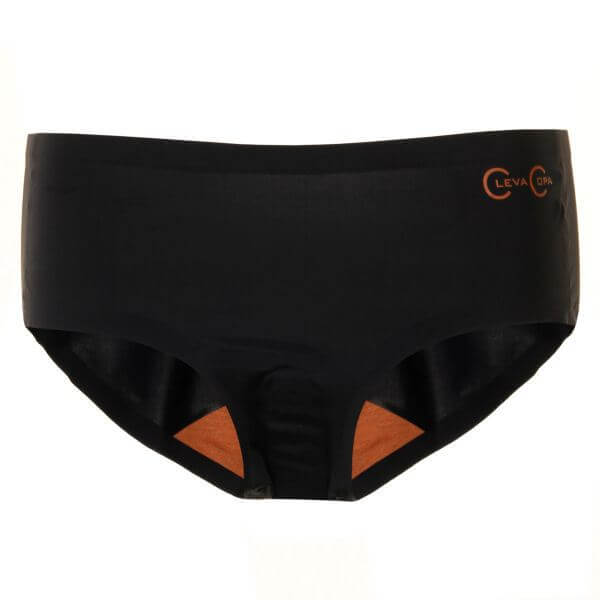Tips to Allergy-Proof Your Home
Published
April 26 2021
Stay up to date on Copper Product releases & deals.
Subscribe to Our Monthly Newsletter for Deals on Product Delivered to Your Inbox!
The pandemic has forced us to spend more time at home than usual these days. For people suffering from allergies, that means increased exposure to the allergens in your home. Many people are aware of external allergens such as pollen and mould, which shows frequent sneezing, runny nose or stuffy, itchy nose. Seasonal allergies to dust and pollen are also worrisome.
To safeguard yourself and your family from possible allergies, it is essential to determine the cause of your symptoms and to ensure a clean home environment. That's why we've created simple guidelines for each room in the house that you must follow to minimize exposure to allergens in your home.
Living Room
Clean floors:
Clean hardwood floors regularly to reduce allergens. The best way to clean your hardwood floors depends on whether your floor is sealed or not. If you have carpet, vacuum the carpet weekly with a detergent with a fine particle filter or HEPA (High-Efficiency Particulate Air).

Dust furniture:
Furniture can be as attractive to allergens as it is to you and your family. To prevent dust from accumulating, you need to dust frequently used items in the living room such as electronics and furniture every week, and dust in inaccessible areas such as ceilings, corners, ceiling fans, and door frames only as needed.
Check filters:
Ensuring good ventilation in your home is the first step in eliminating airborne allergens. The paper filters commonly used in your ovens and air conditioners are designed to catch large particles such as dust that can build up on motors and fans. Make sure you use a HEPA air filter and replace it regularly. Usually, the air filter should be changed every 90 days.
Bedroom
Your bedroom is the most important place where there are no allergens. Most people sleep between 6 and 12 hours in their bedroom. If you have pets, you may want to keep them out of bed and not even leave the room. Apart from cleaning your room frequently, there are areas on the bed that you should pay special attention to.
Start with bed and bedding:
Ground zero for allergens in the bedroom is your bed. It is best to cover your mattress, springs, and pillows with hypoallergenic covers. The use of allergy-friendly mats such as Copper Sheets and Pillowcases, Copper Blankets, etc. helps, as copper oxide particles are embedded in fabrics such as polyester or nylon. Also, make sure to wash all sheets and sheets in hot water every week.

Kick Dust Mites Out of Bed, avoid using carpets in the bedroom:
These microscopic defects can cause allergies and asthma. They are often found on your bed. Place dust mites on pillows, blankets, mattresses, and feathers. Wash your blankets, sheets, and pillowcases in at least 30°C of water every week — dry everything in a hot dryer.
Curtains and blinds:
Curtains and blinds are common areas where dust and other allergens build up. Therefore, make sure it is cleaned regularly. Clean drapes and curtains carefully with a brush on the lowest vacuum setting about twice a month.

Purify the Air/ Air filtration:
Choose an air filter with a fine dust or HEPA filter. Adjust your air filter so that fresh air can enter your head while you sleep.
Kitchen
Clean the refrigerator:
Wipe off excess moisture to prevent mould formation. Discard mouldy or stale food. Periodically empty, clean the drip tray, and clean or replace the mouldy rubber seals around the doors.

Clean cabinets and countertops:
Clean the cupboards and countertops with detergent and water. Check the wardrobe under the sink for leaks—store all food, including pet food, in closed containers.
Food waste:
Place trash in boxes with insect-proof lids and empty the garbage every day. Keeping your kitchen free of crumbs will reduce the risk of rodents or cockroaches.
Bathroom
Like in the kitchen, mould can quickly accumulate in the bathroom due to the high humidity. Ventilation is key. If you haven't already, install and use an exhaust fan to help evacuate as much moisture as possible while you're in the tub. To prevent mould growth, dry the shower or tub with a towel after use. List of 10 common bathroom problems to keep an eye and must be fixed ASAP.
Kids' room
The children's nursery is the messiest in this house. And if someone in the house has allergy problems, when there are lots of toys, especially stuffed animals, things will worsen. Try to keep the toys in a clean, dry place. Washing stuffed animals regularly can also help prevent dust.
Basement
Basements are easy targets for indoor allergens. Check for leaks or damage from external water and repair as necessary. If you wash in the basement, remove all moisture outside. Also, use a dehumidifier to reduce humidity. Most dehumidifiers need to be cleaned once a week.
Lastly, replace any bedding with an allergy ingredient like suitable microfiber. It is known that microfibers are hypoallergenic and protect against mites. Using Copper Clothing's bed sheets and pillowcases are the best bedding for allergies. They naturally repel dust mites and other allergens and is said to be 99.4 per cent antibacterial. Follow these tips to try and keep your home as allergen-free as possible during these shelter-in-place weeks.































